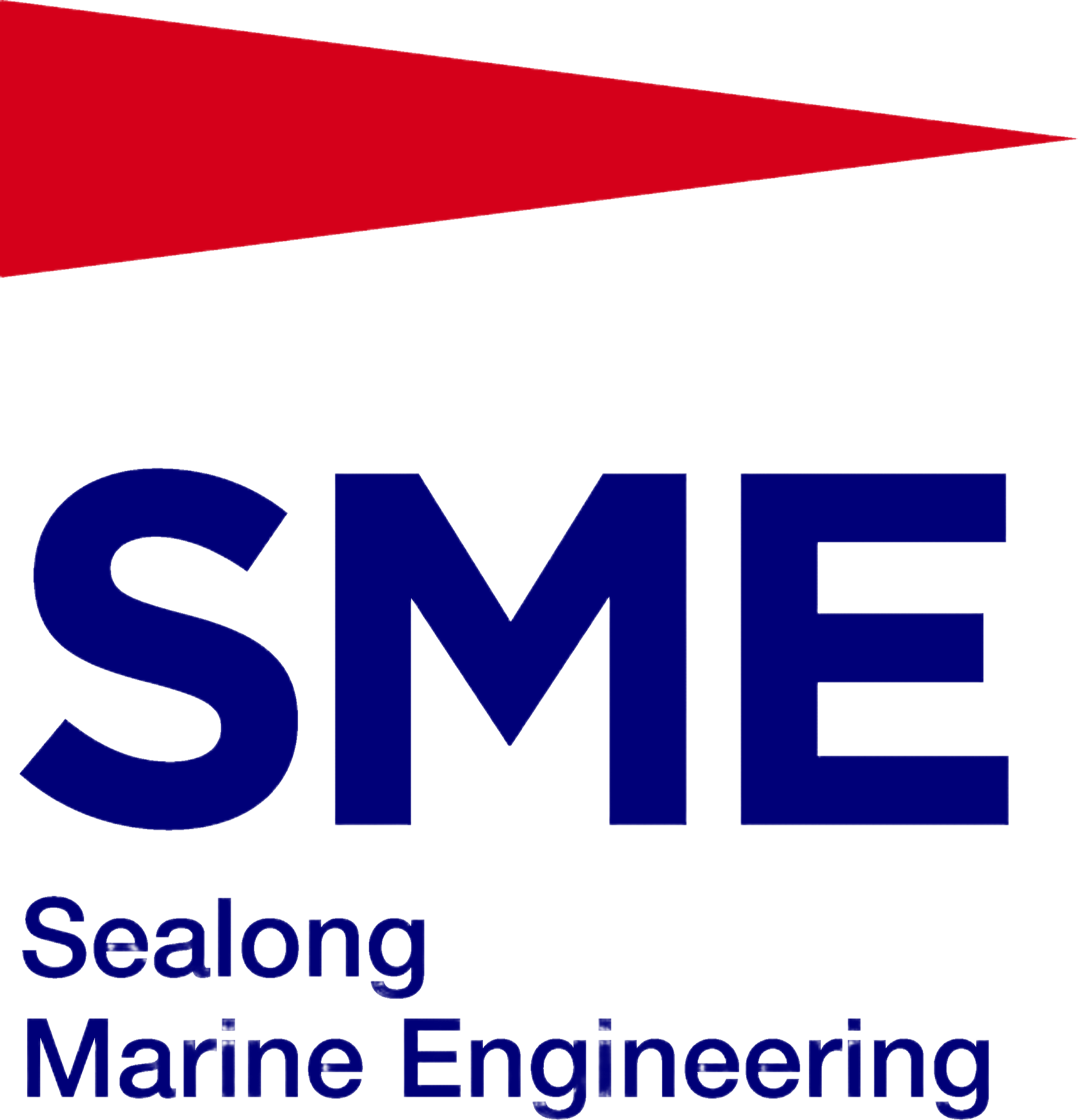Heat exchangers are used in many industries such as food and beverages, pharma and many fields like chemical processes etc. As such, their output determines the general performance and expense of these procedures. As for heat exchangers some of the losses even at an increased level have their origin in fouling which may occur with time and which deposits various materials such as scale, mud, oily films etc. The accumulation of these will greatly reduce performance to a level that will see efficiency drop and the system or equipment suffer from unplanned downtime. Clean-in-Place (CIP) systems are now one of the best solutions to deal with these problems, and in this paper we will explain what is the CIP heat exchanger cleaning, and how this helps to avoid several kinds of problems in heat exchangers.
Benefits of CIP
Cleaning without having to disassemble or take apart equipment.
This is possibly one of the main strengths of CIP systems; to clean heat exchangers without necessarily having to open up the system. Conventional cross-section cleaning procedures include removal of every part of the equipment; the subsequent washing and reinstallation procedures are also fully manual. Not only does this lead to increased time out of operation but it also provides great potential for an increase in human errors which only serve to prolong the production process.
CIP systems, on the other hand, are systems that clean equipment in place and without employing a human element. This non-invasive approach enables a normal and efficient cleaning frequency to proceed with different cleanings without stopping production. CIP systems assist to control environmental conditions around the heat exchanger to provide steady cleaning and prevent corrosion and early wearing out of the equipment.
Efficient Reissuing of Scale, Mud, and Other Oily Deposits
The use of any cleaning technique is determined by the ability of the process to remove all the dirt and its residues. Heat exchangers specifically are vulnerable to deposits of various types are such thing as efflorescence gained from hard water, mud, oil etc from various process fluids. These deposits hinder the heat transfer efficiency, increase energy consumption and lead to possible failure of equipment in use.
CIP systems provide solution delivery that can be accurate and selective to remove those difficult to dissolve deposits. Thus, with the help of the circulation of such special agents as cleaning solutions through a heat exchanger, all the working surfaces of the CIP systems are positively cleaned and any formation is washed away. Such a level of cleaning accuracy not only enhances the effectiveness of the heat exchanger but also helps to avoid foreseeable new formations of the fouling layer and, therefore, prolongs the periods between cleaning works.
Reduced Downtime and Labor Costs
Every inactive period in any industrial operation within a cost estimation framework is considered to be a waste and so increases the cost in excess of the production output. In the past, the older cleaning systems had an adverse effect on output because they were very dirty equipment and labor intensive. For this reason, CIP systems a very simple to clean, require less time to clean and save on a lot of manpower requirements.
Automated cleaning during a maintenance period to include CIP may be useful, however, if repetition of the same system within the production line allows it, the processes may be carried out even while the systems are in operation. This makes it possible to save clean up schedules and not have to make a complete shutdown. Also, it reduces the need for manual cleaning which lowers operational cost and risk of errors.
Conclusion
CIP heat exchanger cleaning systems have for a long time been perfect solutions to the losses in heat exchanger efficiency and expansion problems that have for a long time been a challenge in the power generation industry. Apart from offering non-invasive cleanings which do not require dismantling of equipment and easy removal of most of the insoluble deposits of scale, and drastically reducing the out age time of the equipment and man-hours needed to put it on line again, these systems improve the overall operational efficiency and reliability of the processes.
In the working environments those are often incorporated into normal schedules greatly increases the likelihood of having the heat exchangers ready in the right state when they are required to carry out productive work during the manufacturing process. With the launch of industries geared towards targeting more efficiency and reduced running cost, it is safe to assume the prediction that the use of CIP systems for heat exchanger cleaning would be the norm along with tangible returns on investments not too far off.

 EN
EN








































